How to Weld Stainless Steel
Welding stainless steel can be incredibly complex; it isn’t really anything like welding other metals. The core techniques used aren’t drastically different, but there are many differences with the setup and preparation for a job. If you’re just getting started or you’re finding yourself overwhelmed by the sheer amount of information available out there, we want to help you make sense of it all. Here are some essentials you need to know about how to weld stainless steel before you start a project for the metal.
Preparation
This is perhaps the most crucial step when it comes to working with stainless steel. Cleaning your work surface before any welding job is mission-critical, but it’s especially crucial with stainless steel. It doesn’t get along well with other metals, so any trace amounts of carbon steel will cause your end products to rust.
Only use tools such as hammers and brushes on stainless steel stables. Don’t use any stainless-steel brushes you’ve used to clean carbon steel, either, as they will result in cross-contamination. Avoid hammers and clamps, and don’t grind any carbon steel in the same area.
Next, it’s time to design your product. First, ensure your workplace is free of any carbon steel from tools or outside influences. Double-check to see if all the pieces are flush and fit together before you begin welding. Then determine the types of welds you’ll make for each component.
One great way to prevent heat damage is to clamp some brass or aluminum behind the weld area. These materials are heat sinks and will save your stainless steel if things don’t go according to plan.
Finally, go over any instructions that came with your supplies. Make sure you fully understand the process before you get started, to avoid mid-project issues.
Variations of Stainless Steel
There are five broad types of stainless steel. Each one has many subtle variations under that branch that differ in chemistry and how it’s worked with. The microstructure of each variety determines its strength, malleability, and other attributes. The first three types we’ll cover are the most common.
Austenitic is the most popular type of all stainless steels. It’s used in standard machining and fabrication settings. Hard martensitic is another alternative that’s used mainly in high-wear heavy-duty applications. Finally, ferritic stainless steel is the least expensive variation, which makes it ideal for many consumer products.
The two other types of stainless steel aren’t as widely utilized. Duplex is a mixture of austenite and ferrite microstructures. It’s much stronger than both of them, but it’s also much harder to work with. The last type is precipitation-hardening stainless steel, which mixes in various metals elements like niobium. Duplex and precipitation-hardening stainless steel are very strong, yet costly variations used in high-performance situations. They are typically used in the aerospace and processing industries.
Choose Your Filler Metals
Another essential consideration when working with stainless steel is which filler metals you’re using alongside it. You’ll need to know the base metal you’re working with before you choose the filler. It’s often as simple as using a metal with the same number as the base, but that depends on the type of weld you’re doing. In other cases, you’ll need to decide which filler metal is more compatible with the base and less likely to crack.
You need to do a little more prep before working with stainless steel, but the results you can achieve make the effort more than worthwhile. Need to access the best stainless steel on the market? When only the best will do, browse Quantum Machinery Group’s stock to find the exact materials you need.


